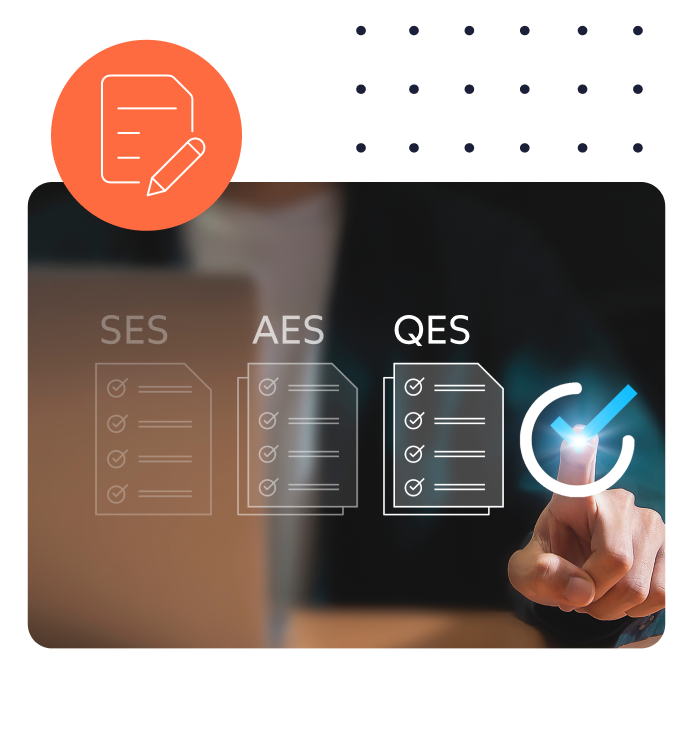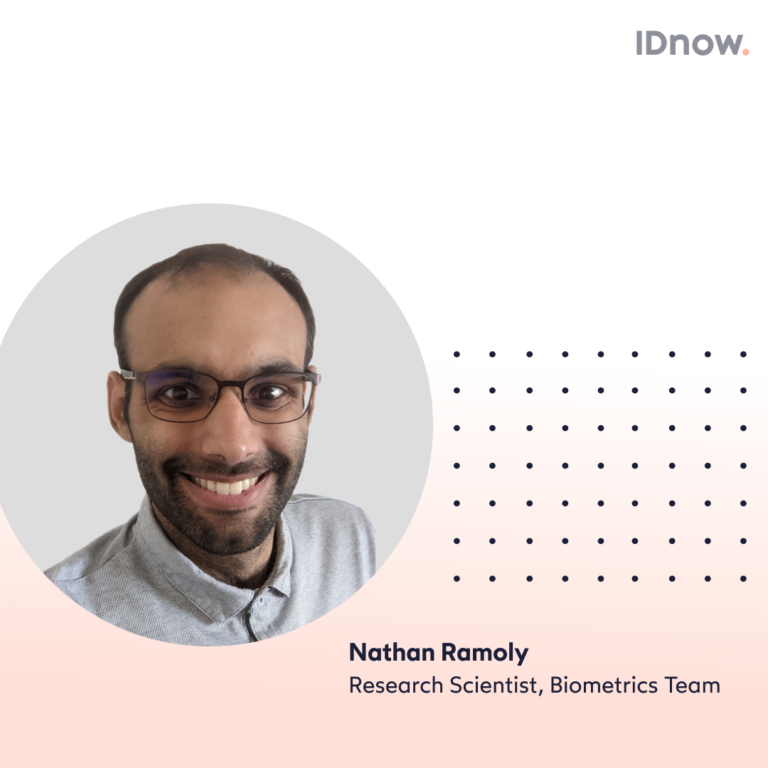We sit down with the Head of Compliance at Hero to discuss money laundering trends, Russians and real estate, and how companies can protect their business and customers from fraud.
What are some of the new trends you have seen in money laundering in 2023?
In 2023, the landscape of money laundering has shifted significantly, with the emergence of new methods and the adaptation of old ones. One of the most striking trends is the increasing use of cryptocurrencies. The anonymity provided by these currencies allows scammers to transfer significant funds without detection. In 2022, hackers stole $4.3 billion worth of cryptocurrency, marking a 37% increase from 2021. Most of these scams were carried out through social media, highlighting the need for stricter regulation in this area.
Furthermore, real estate remains a favored sector for money laundering. The high value of properties and the ability to transact in cash make it an attractive tool. For instance, in February 2022, Transparency International revealed that Russians linked to corruption charges had invested £1.5 billion in the UK real estate market. This trend underscores the importance of implementing stricter regulations to monitor and regulate real estate transactions.
(To learn more about the coming trends in 2024 in the financial services, crypto and gambling sectors read our Unlocking the benefits of an identity-first 2024 blog.)
Is there a noticeable difference in the money laundering techniques deployed in different countries, for example in France, compared to the UK?
While the basic techniques of money laundering are universal, each country has its nuances based on its regulation, economy, and culture. In France, for instance, the regulation is quite stringent, with bodies like Autorité de contrôle prudentiel et de résolution (ACPR) closely monitoring financial activities. This might push criminals to adopt more sophisticated methods or use intermediaries to launder money.
In the UK, with a broader financial market and a significant presence of international finance, techniques might be more varied, ranging from shell companies to complex real estate transactions. Moreover, Brexit might have created new opportunities for money launderers due to changes in information-sharing and oversight agreements.
In France, the regulatory landscape for identity verification has changed dramatically with the introduction of PVID. Do you think PVID, and other government-approved Trust frameworks make a difference in rates of fraud and money laundering? How do you see PVID changing in the coming years?
The PVID is a tangible example of how regulation can adapt to the modern challenges of identity verification. By combining document verification with facial recognition, it provides an added layer of security, thereby reducing the risk of identity theft. This has a direct impact on fraud and money laundering rates, as it’s more challenging for criminals to deceive this system.
However, as with any technology, it’s crucial to remain vigilant and adapt to new methods that criminals might develop to bypass these measures. In the future, I anticipate PVID to incorporate newer technologies and verification methods as they become available, while strengthening existing protocols.
What role does technology play in the proliferation of fraud and money laundering? Are there any new uses that are particular causes for concern for you?
Technology has always been a double-edged sword when it comes to fraud and money laundering. On one hand, it provides innovative tools to enhance fraud detection and prevention like advanced data analytics and artificial intelligence, which can help pinpoint suspicious transaction patterns that might have otherwise gone unnoticed.
On the other hand, technology also gives fraudsters new means to impersonate or deceive individuals. Deepfakes, for instance, can be used to fraudulently open accounts or extort money. Moreover, with the rise of cryptocurrencies, criminals have found new ways to launder money outside of traditional financial systems.
Besides adhering to regulation, what else can companies do to protect their business and customers from fraud?
Beyond mere regulatory compliance, businesses must adopt a proactive approach to protect their operations and clients. This involves investing in cutting-edge technologies, such as artificial intelligence and data analytics, to detect and prevent fraud in real-time. Utilizing public and private databases can also assist in verifying the authenticity of clients and transactions.
Moreover, data pooling among financial institutions can provide a holistic view of suspicious activities. Lastly, continuous training of employees on the latest fraud techniques and prevention best practices is paramount. Companies must also foster a culture of compliance, where every employee understands their role in fraud prevention.
What regulations/obligations should different sectors, including the crypto, gambling and financial sectors, expect in the coming years? What changes would you like to see implemented?
The rapid evolution of technology and financial markets means that regulation must adapt accordingly. In the cryptocurrency sector, we can expect increased regulation, especially in countries that have yet to adopt robust regulatory frameworks for digital assets. This might include stricter KYC (Know Your Customer) and AML (Anti-Money Laundering) requirements.
For the gambling sector, regulation might focus more on preventing gambling addiction and ensuring operators aren’t taking advantage of vulnerable individuals.
Lastly, for the traditional financial sector, data pooling and increased use of artificial intelligence might be encouraged to detect and prevent fraud and money laundering.
Are there different types of fraud risks that a traditional financial service needs to be aware of compared to a fintech?
Fintechs and traditional financial institutions face unique challenges when it comes to fraud. Fintechs, especially in their early stages, might have limited resources and feel pressure to quickly onboard clients, potentially making them less vigilant. It’s a delicate balance between risk exposure and the need for growth. However, fintechs also have the advantage of being agile and can quickly adopt new technologies to combat fraud.
On the other hand, large financial institutions, while having significant resources for staffing, tools, and training, have to deal with massive transaction and onboarding volumes. This can make detecting individual fraudulent transactions more challenging. However, the future looks promising with the prospect of data pooling among financial institutions and increased use of AI for real-time fraud detection.
If you’re interested in more insights from industry insiders and thought leaders, check out one of our interviews from our Fintech Spotlight Interview series below.
- Jinisha Bhatt, financial crime investigator
- Paul Stratton, financial crime trainer and apprenticeship coach
- Neil Montgomery, founder of Brazilian law firm, Montgomery
By

Jody Houton
Senior Content Manager at IDnow
Connect with Jody on LinkedIn



